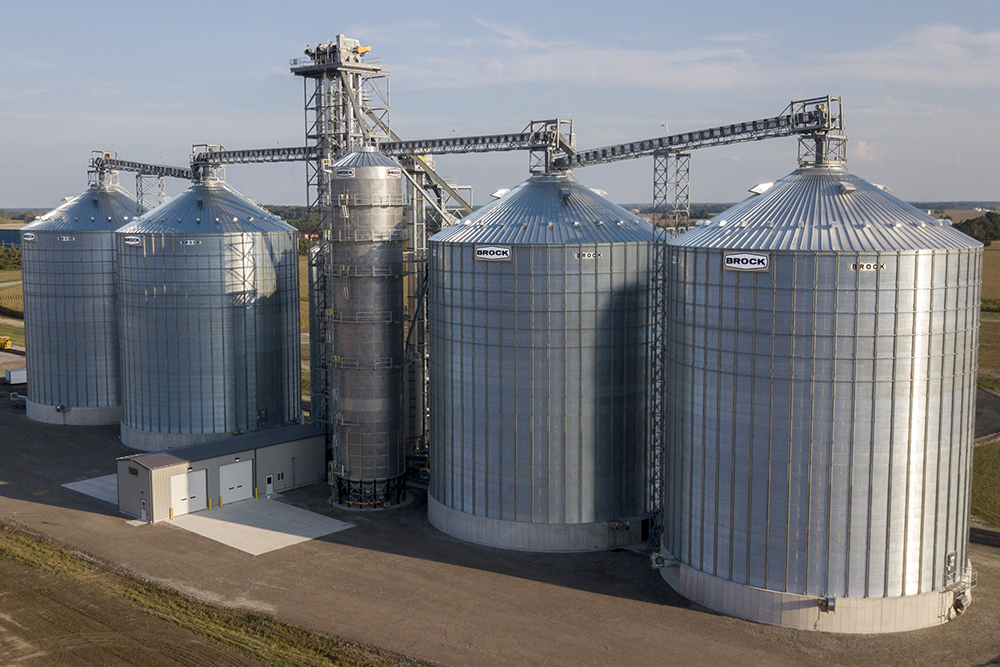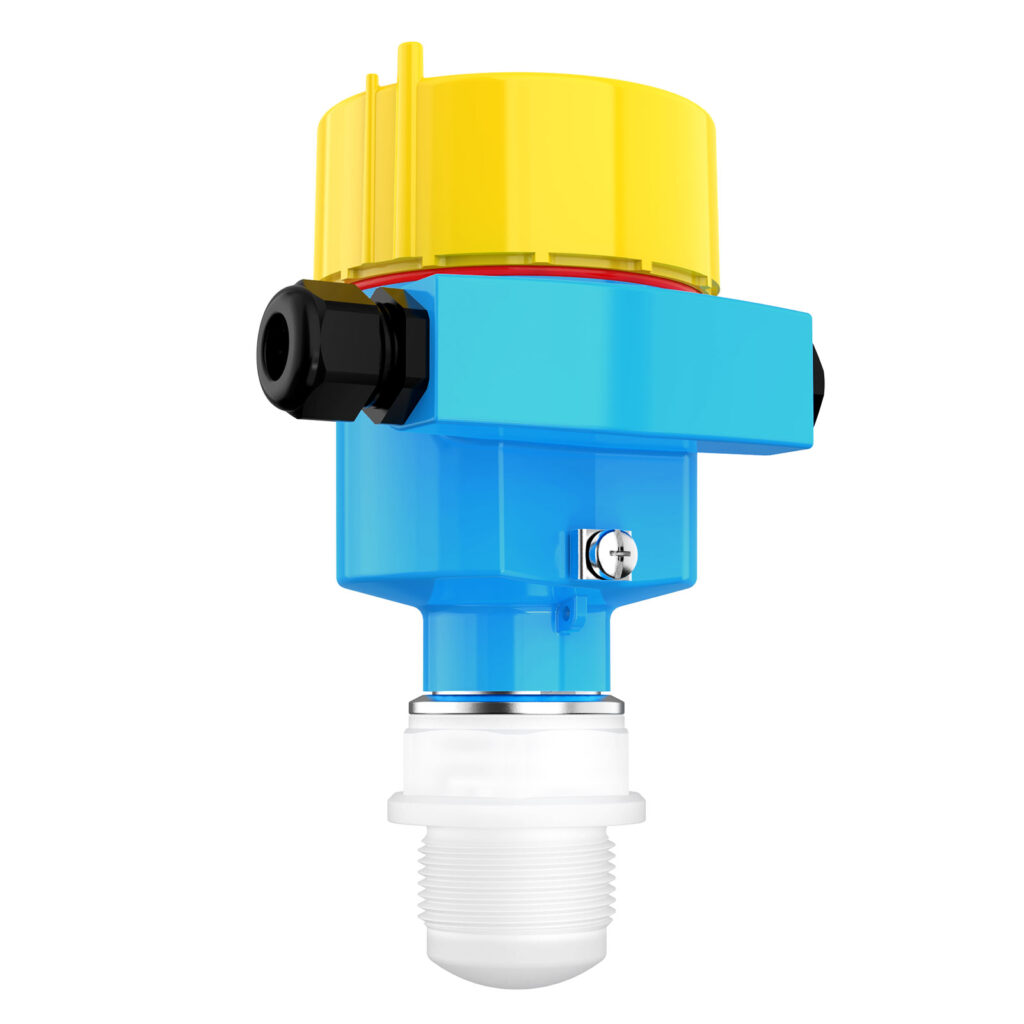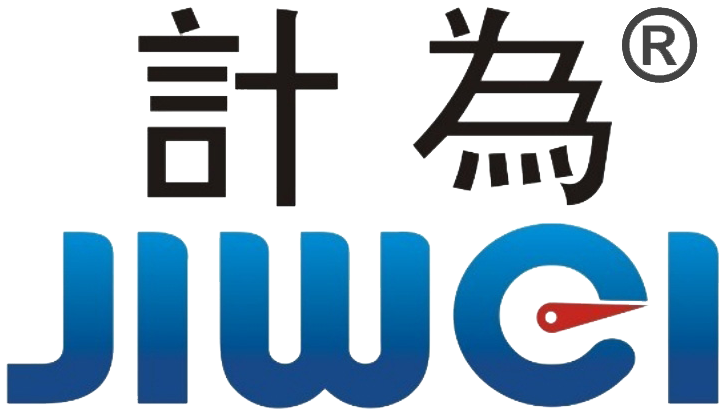How One Farm Reduced Grain Loss by 30% with a Smart Grain Bin Level Sensor – Revolutionizing Storage Efficiency
Introduction
Efficient storage and minimal grain loss are crucial in agriculture for economic and operational success. A farm’s encounter with Jiwei’s Smart Grain Bin Level Sensors showcases technology’s impact on these challenges. Through the use of Jiwei’s advanced Radar Level Sensors, the farm cut grain loss by 30%, resulting in enhanced inventory control, streamlined storage procedures, and substantial cost reductions. This example underscores the efficacy of the Jiwei system and its wider utility in grain storage.

The Problem: Grain Loss and Inefficient Monitoring
Grain loss is a common issue faced by farmers worldwide. Inaccurate or outdated methods of monitoring grain levels can lead to overflows, spoilage, and unnecessary waste. Before adopting Jiwei’s solution, the farm struggled with:
- Inconsistent grain measurements – Traditional mechanical gauges often failed to provide real-time, accurate data.
- Inefficient inventory management – Lack of accurate data resulted in inefficient tracking and managing grain levels.
- Potential for overflows or under-storage – This led to spoilage and loss due to improperly stored grain.
These challenges prompted the farm to seek a better solution—one that could provide precise, real-time measurements and improve operational efficiency.
The Solution: Jiwei Smart Grain Bin Level Sensors
The farm chose Jiwei’s Radar Level Sensors as part of a Smart Grain Bin Level Monitoring System. Jiwei’s Radar Level Sensors are ideal for harsh agricultural environments, including grain storage, because they are non-contact and highly accurate. Here’s why they were the perfect fit for the farm’s needs:
Why Jiwei Radar Level Sensors Work for Grain Storage

- Non-Contact Technology: Radar sensors use electromagnetic waves to measure grain levels without direct contact with the contents, making them ideal for dusty, humid, and high-moisture environments.
- High Accuracy: The sensors provide highly accurate measurements, even in challenging conditions. With precision down to 1mm, the system offers real-time data on grain levels.
- Durability: Jiwei’s sensors are built to withstand the wear and tear typical of agricultural environments, offering reliability over time.
- Ease of Integration: The radar sensors were easily integrated with the farm’s existing inventory management system, providing seamless monitoring and alerts.
Radar Level Sensors: How They Work
Jiwei’s Radar Level Sensors work by emitting microwave pulses that reflect off the surface of the grain. The sensor measures the time it takes for the pulse to return, allowing it to calculate the exact distance from the sensor to the grain. This data is then converted into real-time liquid or material levels, which can be monitored remotely via a cloud-based platform or integrated inventory system.
Results: A 30% Reduction in Grain Loss
After installing Jiwei’s Smart Grain Bin Level Sensors, the farm saw a dramatic improvement in grain storage and management. The results included:
- 30% reduction in grain loss: By providing accurate, real-time data, the farm was able to optimize grain storage, reducing overflows and spoilage.
- Improved operational efficiency: The sensors allowed for precise tracking, which led to better stock rotation and more efficient use of storage space.
- Cost savings: With less grain wasted, the farm saved money on both grain loss and labor costs related to manual monitoring and maintenance.
How Jiwei’s Smart Sensors Transformed the Farm’s Operations
1. Real-Time Monitoring and Alerts
Jiwei’s Radar Level Sensors provided continuous monitoring, giving operators real-time data on grain levels. The sensors sent alerts to the farm’s central monitoring system when bins were close to full or nearing low levels, ensuring optimal storage conditions.
2. Accurate Data for Inventory Management
With highly accurate data, the farm could manage grain inventory more effectively. The system tracked grain levels remotely, ensuring accurate readings and preventing under- or over-storage.
3. Reduced Maintenance and Downtime
The system’s non-contact technology minimized the risk of wear and tear on the sensors, reducing the need for frequent maintenance. The result was less downtime and more reliable grain monitoring.
Chart: Grain Loss Reduction Before and After Implementing Jiwei Radar Level Sensors
| Month | Grain Loss (%) Before | Grain Loss (%) After |
|---|---|---|
| January | 12% | 8% |
| February | 15% | 10% |
| March | 18% | 12% |
| April | 20% | 14% |
| Overall Reduction | 18% | 12.6% |
| Total Reduction | 30% |
Note: The data in the table is based on comparisons of grain loss from the previous year and post-installation of Jiwei Radar Level Sensors.
Conclusion: Optimizing Grain Storage with Jiwei Radar Level Sensors
Jiwei’s Radar Level Sensors have proven to be an invaluable tool for grain storage, helping the farm achieve a 30% reduction in grain loss. By implementing real-time, highly accurate monitoring, the farm has improved its operational efficiency, reduced waste, and saved money. As agricultural technology continues to evolve, systems like Jiwei’s Radar Level Sensors represent the future of precision monitoring in the grain industry and beyond.
With the success of this solution, other farms and agricultural operations can similarly optimize their grain storage and minimize losses by adopting Jiwei’s smart sensor technologies.
